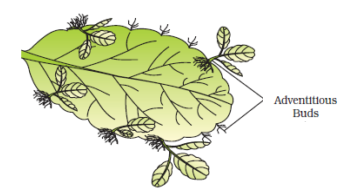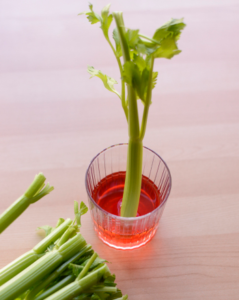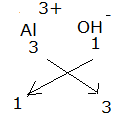Science > Biology > Botany > Reproduction in Plants > Asexual Reproduction in Plants In this article, we shall study asexual reproduction in plants. Reproduction: Reproduction is defined as a biological process in which an organism gives rise to young ones (offspring) similar to itself. The offspring grow, mature and in turn produce new offspring. […]
Categories
Asexual Reproduction in Plants
- Post author By Hemant More
- Post date April 5, 2020
- No Comments on Asexual Reproduction in Plants

- Tags Asexual reproduction in plants, Binary fission, Biology, Botany, Budding, Cutting, Grafting, Hazard due to Water Hyacinth, Layering, Leaf, Reproduction, Runners, Sexual reproduction in plants, Spore formation, Stem Tubers, Terror of Bengal, Tissue culture, Tuberous roots, Types of reproduction, Vegetative Propagation


